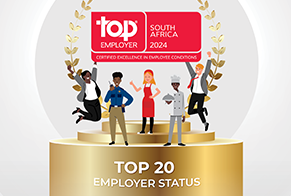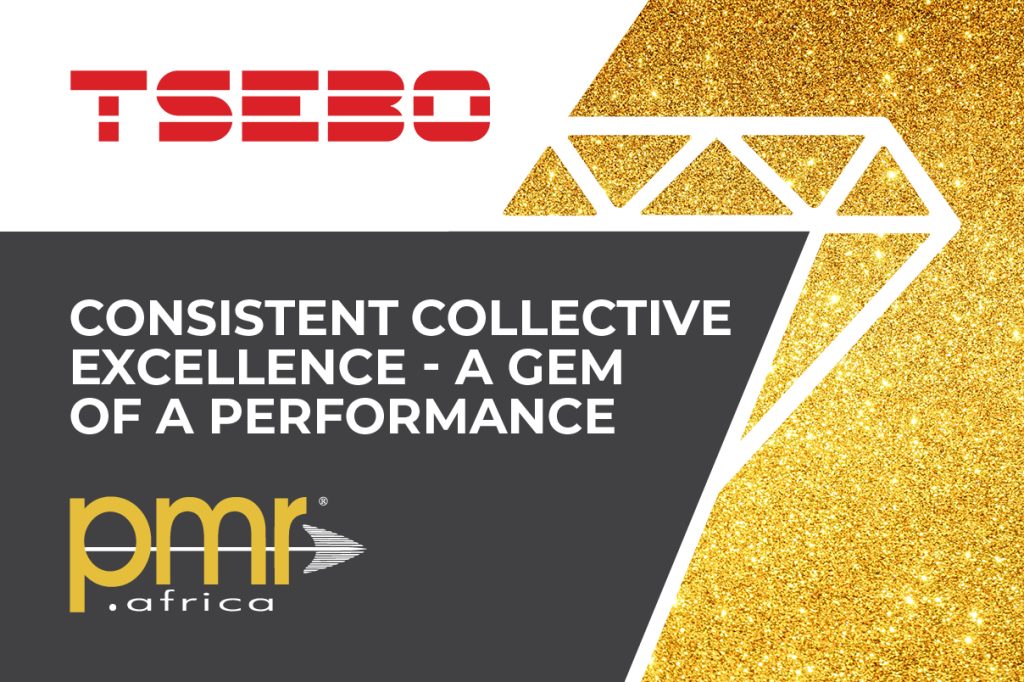Despite savings in excess of 50% whilst still maintaining end user satisfaction, results show that neither the buyers nor the suppliers of traditional cost focused outsourced Facilities Management (FM) services are truly satisfied. In other words, many outwardly successful FM outsourcing deals and relations in the current market neither satisfy the buyers or the suppliers- Why is this?
A workplace is only a strategic tool if it works in tandem with the other levers in your business to create value. The classic and unfortunately all too prevalent way to conduct outsourcing is still useful if all you are focused on is buying undifferentiated and commoditized services at the lowest cost. However, if your objective is to get specifically tailored and innovative solutions that will allow your workplace to work for you and create strategic results that will generate value beyond savings and transformation, then the classic procurement led approach falls short.
EY’s Nordic Real Estate and Facilities Management Team authored the recent report Does your Workplace Outsourcing Create Value Beyond Savings. In this report, they identified common pitfalls and inherent flaws in this classic procurement approach to sourcing an outsourcing partner. Experience tells us that in order to meet the challenges of businesses today, yesterday’s best practices will not equal tomorrow’s next great innovations.
Four Challenges
If one accepts that your business model is fundamental to achieving your enterprise strategic objectives, then so is your choice of sourcing strategy to orchestrating the system that will enable you to achieve those strategic objectives.
The team at EY have identified four very obvious challenges the outsourcing market is confronted with today:
- Suppliers are not the proactive and innovative integrators that many wish for.
- Buyer-demand organisations are often neither skilled nor organised optimally.
- Both parties experience opportunistic behaviour in their relations.
- Last but not least, FM deals do not drive strategic business transformation.
Recent Developments
Despite outsourced operating models producing meaningful savings and delivering greatly on the bottom line, they are still considered a grudge purchase, necessary cost and a completely operational task driven service. However, this report tells us that the FM outsourcing industry has been reinventing itself.
As with any business process, one has to go back to first principles and understand the long-term business strategy of the organisation. Surprisingly a lot of companies do not fundamentally understand why they own or occupy buildings in the first instance. Whilst these may be considered non-core to their business Their facilities and premises may well be severely inhibiting productivity and the top and bottom line. Understanding how your property portfolio contributes to your top-line growth is key, once you understand this, you can then measure it and hold your suppliers accountable for performance. This is the way FM outsourcing can provide strategic value and contribute to business growth.
For outsourcing to be successful it has to be transformational not merely transactional. There is an urgent need for a movement away from traditional transactional contracts with power and zero-sum game-based negotiations to more partnership-oriented models based on trust and win-win ideology aiming for strategic value. To do this there needs to be a focus on the workplace in its entirety and how it contributes to the enterprise’s strategic objectives.
[bctt tweet="For outsourcing to be successful it has to be transformational not merely transactional"]
What is the Future of FM Outsourcing?
A research group at the University of Tennessee led by Kate Vitasek managed to codify the key elements of successful partnerships, based on extensive field study research. The codified solution called Vested is, according to the university, “Business model, methodology, mindset and movement for creating highly collaborative business relationships that enable true win-win relationships in which both parties are equally committed to each other’s success.”
Trends are born when challenges are resolved. and so the Vested way is a model for designing the next-generation FM deals. In order to support transformation and to be at the forefront of workplace development, focus on innovation is crucial. Innovation costs money and therefore it must be funded and mechanisms need to be in place to support and incentivise innovation and co-collaboration between the supplier and the buyer. Rarely is this done as a result of a transactional savings driven model As Kate Vitasek, Founder of Vested Outsourcing stated “the reason why companies do not ‘get’ innovation is because they don’t ‘buy’ innovation. There are several fundamental flaws with how existing outsourcing relationships are structured today.”
Vested is a combination of an outcome-based business model and a relational contract. Vested creates business relationships with experts outside one’s own domain with the aim of accomplishing ambitious objectives never accomplished before. These relationships are characterised as “Vested” because they involve creating a relationship in which the parties have a committed and profound interest in each other’s success. To put it simply, the parties are most successful when both reap the benefits.
By applying Vested, the misalignments described previously can be avoided. This can be illustrated by looking at the five rules Vested is built upon, introduced as a chronological process where buyers and suppliers collaborate and apply a “What’s In It For We” – (WIIFWe) approach — not a “What’s In It For Me” – (WIIFMe) approach. A free copy of the ebook Vested Way is available for more information.
[bctt tweet="Trends are born when challenges are resolved"]
5 Steps to Performance-Based Outsourcing
1. Focus on outcomes, not activities
This is an outcome-based business model, not a transaction based one. the Client pays for the desired outcomes not for the activities involved. The buyer specifies the needs (transformation a certain stage, cost savings, etc.), not specific transactions. The supplier will not be compensated or measured on how often the activity is performed. It is the desired outcomes that matter.
2. Focus on the what, not the how
It is imperative that the Client focuses on the ‘what’ not the ‘how’. It is often the paradox of outsourcing that the buyer outsources to the expert and then dictates how the service should be delivered. For outsourcing to be truly transformational the Client needs to move beyond instructions (how to perform a service) to defining the function and the desired outcome (e.g., lawns should make a pleasant impression or be within a specified height range). If the Client retains the responsibility for the inputs then they cannot hold the Supplier accountable for the output. If this is done correctly, the supplier has more room to optimise the service better.
3. Agree on clearly defined and measurable outcomes
Having said that the client must focus on the ‘what’ and the ‘how’ this is not possible until we understand the ‘why’. What is the Client trying to achieve and how will we measure it. Specifying tasks and activities is natural to us but we need to elevate the focus to what are the desired outcomes. Both parties need to spend time on defining a limited number (preferably not more than five) of clearly defined and measurable outcomes for the entire service delivery. By doing so, the buyer will not micromanage the supplier − after all, the idea of outsourcing is to let someone that is better suited manage the services. It will also help ensure focus on the right areas.
4. Pricing model with incentives that optimise the business
The pricing model should be built on three principles.
- There should be strong incentives to deliver results, not to deliver a service.
- The buyer and the service provider should share risk and reward based on aligned interests.
- Only the risk that the service provider can control should be transferred.
5. Insight versus oversight:
The Client should be focused on insight into service and the effect on their business so as to identify necessary improvements. Oversight is micro-managing the outputs which constrains the supplier and serves no useful purpose. If the deal has been set up in the right way, insight allows the supplier to do what he does best and for both parties to forge a relationship based on recognition of each others expertise. Instead of multiple reports and dashboards, the information between buyer and supplier must support the desired outcomes, where the parties collaborate to manage the business.
A short video of Kate Vitasek explaining the 5 rules of the Vested model and performance-based outsourcing can be viewed here
Vested thinking is different. It often means going against how suppliers and business partners traditionally approach working together. It requires long-term thinking, not short-term thinking. Vested is about working alongside suppliers as business partners rather than relying on default procurement processes that use transactional buy-sell principles. Moreover, it is about moving away from rigid contracts and statements of work, and instead creating flexible business agreements based on trust, transparency and fairness when business happens.




